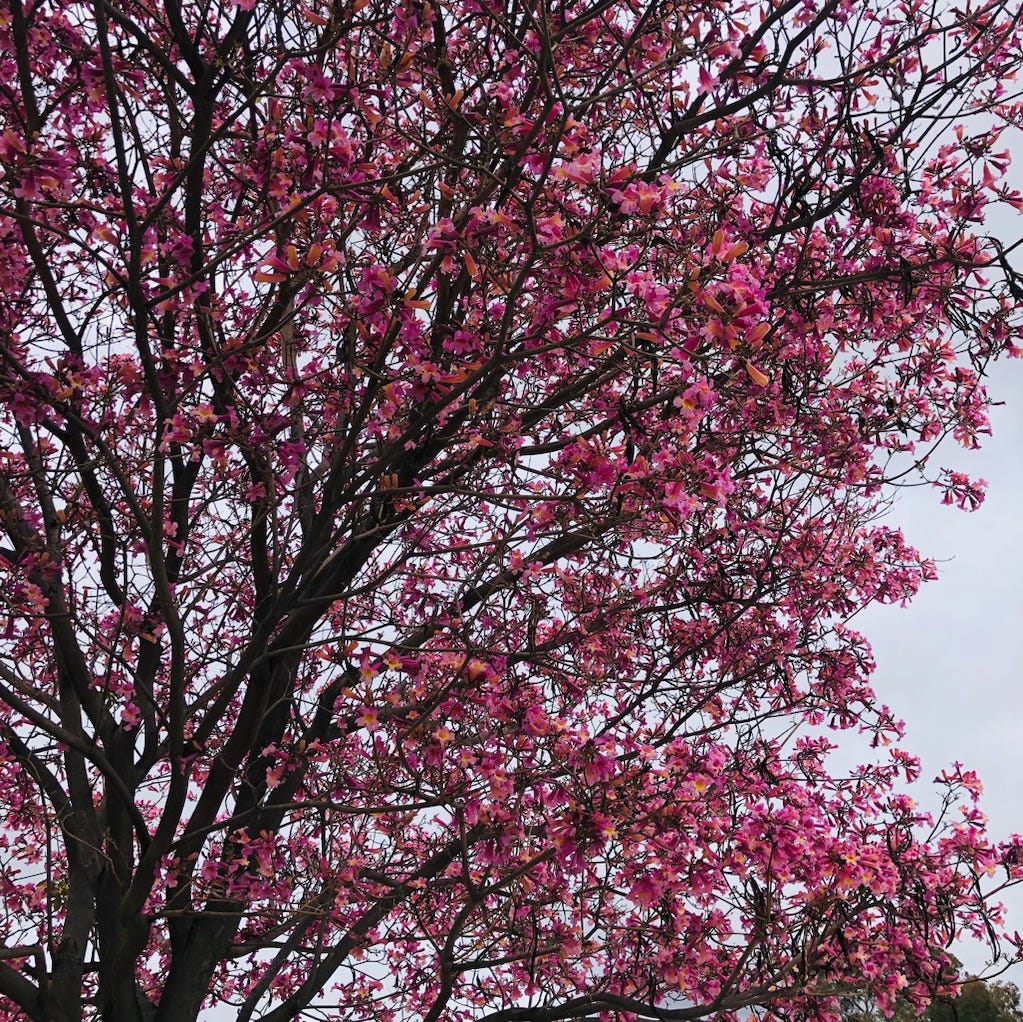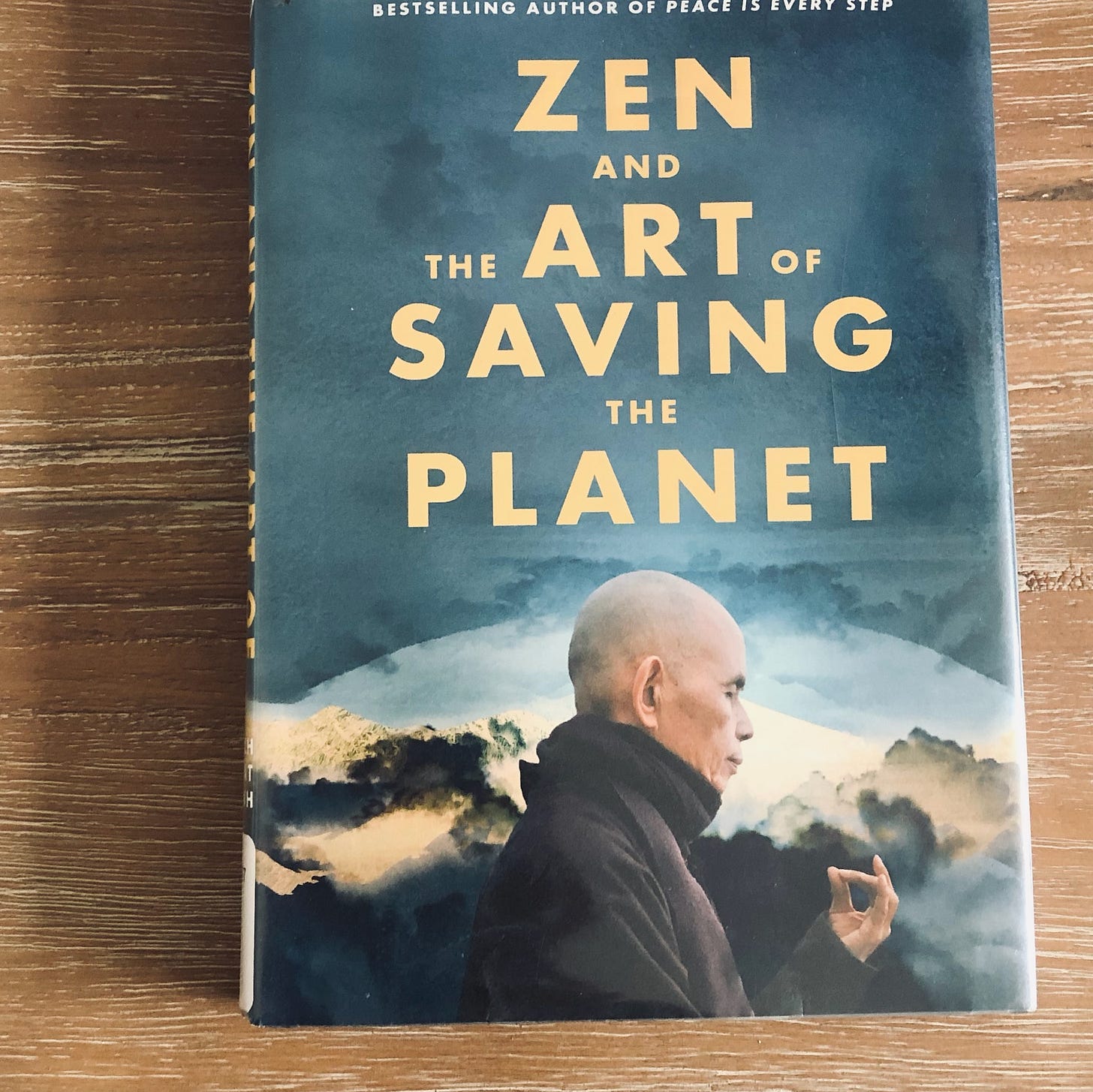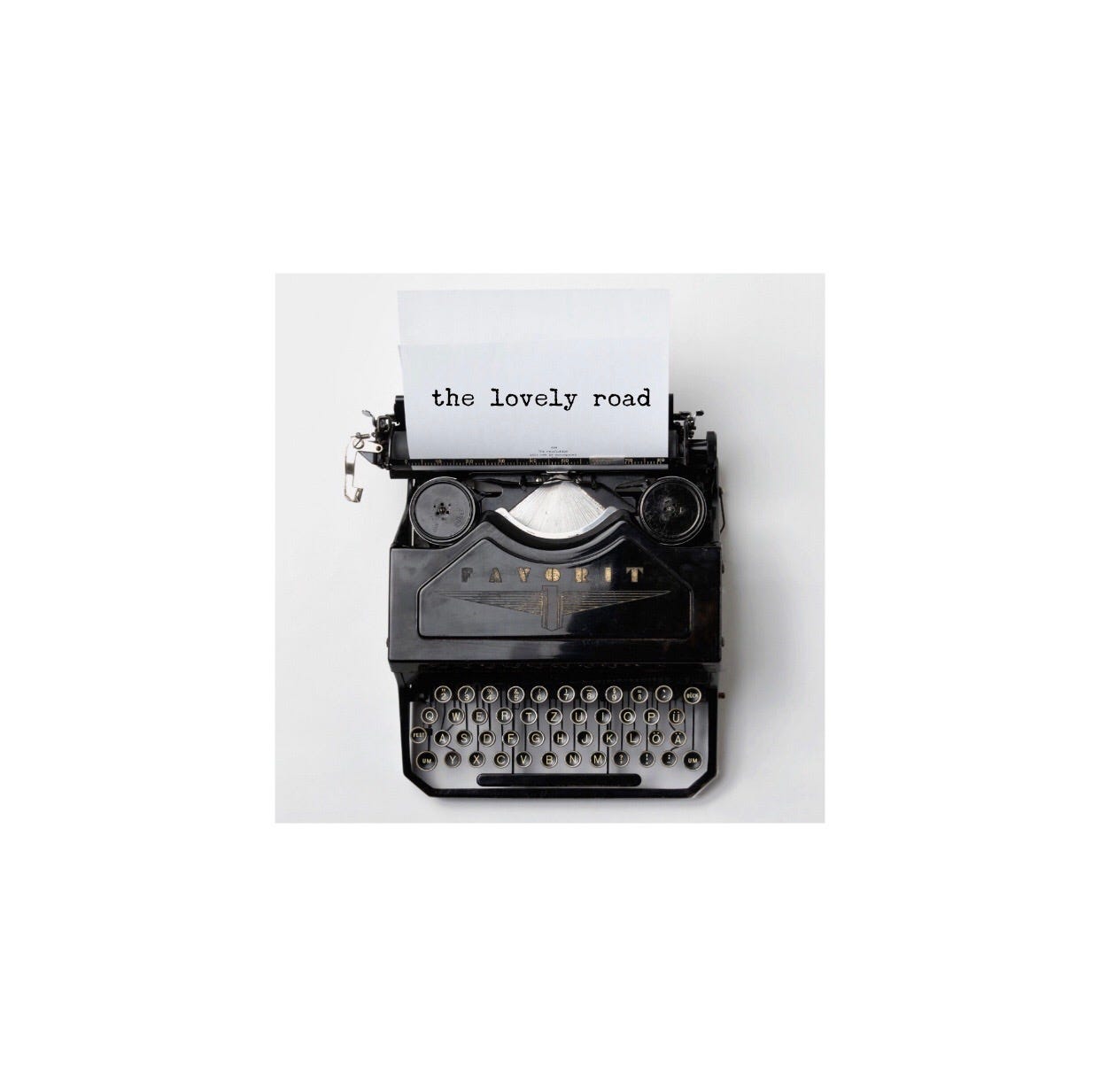After only reading fiction to start off the year because even the tiniest amount of real life anything felt overwhelming and intrusive, I have dipped my toe back into the nonfiction waters and I have two books that I think you might be interested in.
Zen and the Art of Saving the Planet by Thich Nhat Hanh
This is the 3rd book that I have read by Hanh, previously having read How to Smile and You Are Here: Discovering the Magic of the Present Moment, last year in 2024. I enjoy his books as they allow you to look at things differently while also being easy enough to read without losing focus.
This book was interesting in that although it mainly focuses on how we can help save our planet from destruction and bring healing not only to ourselves but to Earth itself, Hanh really had some amazing insights that I thought could apply simply to everyday life. A person needn’t be protesting or to become an activist (although that is totally fine!) to gleam wisdom from his insights and how one might find them applicable to their own lives.
“To save our planet, we need to re-examine our ideas of happiness. Every one of us has a view, an idea, about what will make us happy. And, because of that idea of happiness, we may have sacrificed our time and destroyed our body and mind running after those things. But, once we realize that we already have more than enough conditions to be happy, we can be happy right here and now”.
“We need to organize our daily life so we have more opportunities to be, to learn being peace, being joy, being loving, being compassionate. We need very concrete ways to do this. How can we stop being victims of overscheduling? Our society is so caught in our daily concerns and anxiety we don’t have time to live our life or to love. We don’t have time to live deeply and touch the true nature of what is there, to understand what life is. We are too busy to have the time to breathe, to sit, to rest”.
Frostbite: How Refrigeration Changed Our Food, Our Planet, and Ourselves by Nicola Twilley
Friends, this book was absolutely fascinating! Seriously. I first heard of this book during an interview I was watching online, and it sounded interesting and luckily my library had it. Once I started reading, this book was hard to put down.
Don’t worry, this is not a dry tome of the history of refrigerator coils or page after page of obscure scientific jargon. Twilley is a journalist who writes with humor and knowledge and fills each page with the most interesting information, that you will read this thinking, “I had no idea that happened!” or “Really????”.
For instance, in the latter half of the 1800’s when people were trying to figure out ways to ship meat using ice, the meat would sometimes arrive at its destination a very disgusting color of brown. So, the meat merchants would add formaldehyde or borax to the meat to give it a pinker color that people were normally used to. No, really 🤢
There were gas-powered refrigerators at one point but those didn’t go well…
Bananas are shipped from wherever they are initially picked from (other states, other countries) while they are still a green, and brought to a facility in the U.S. where they are chemically induced to turn yellow and then shipped to supermarkets.
The Chicago Bulls, the NBA basketball team, was named after the meat-packing district in the Chicago stockyards.
In 1948, only 2% of British households had a refrigerator. By 1970, that number was 60%.
I literally could keep going with all the brilliant tidbits in this book and share them all with you! This book was a fascinating read, and you really won’t look at your refrigerator or the food at the supermarket quite the same way.
Have you read either of these books before? Do you have a great nonfiction read you’d like to recommend? Let me know in the comments!







